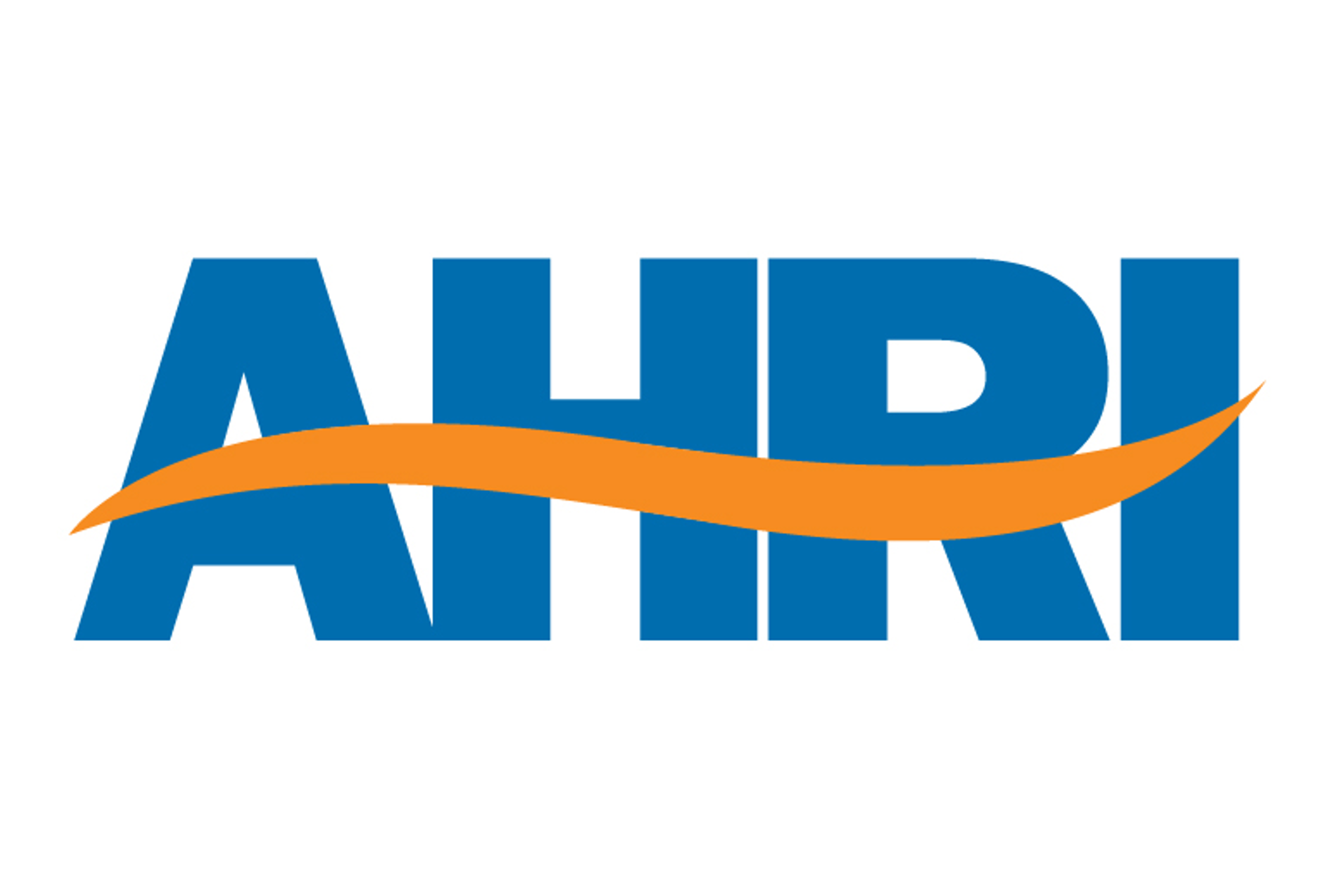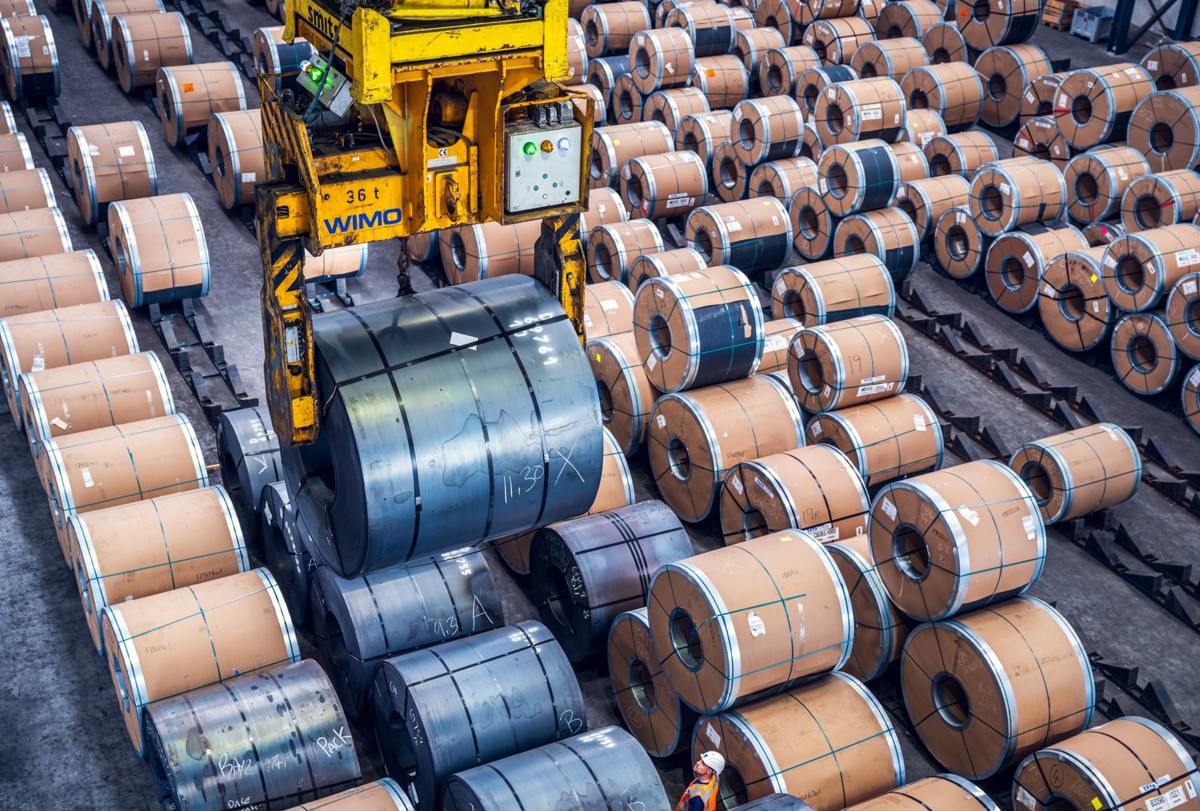Market Segment
January 26, 2023
Steel Market Chatter This Week
Written by Becca Moczygemba
SMU polled steel buyers on a variety of subjects on Monday and Tuesday of this week, including current and future steel prices, inventory strategies, supply, demand, and new mill capacity. Rather than summarizing the comments we received, we are sharing them in each buyer’s own words.
We want to hear your thoughts, too! Contact becca@steelmarketupdate.com to be included in our questionnaires.
Do you think the $50/ton sheet price increase (and $800/ton HRC base) announced by Cleveland-Cliffs last week will stick?
“Probably, due to rising costs of iron ore, coking coal, etc.”
“Yes, because they can.”
“No, not enough demand and too many holes in North American mill production as early as end of February.”
“Small portions of each increase seem to be holding.”
“Yes, it will stick until people realize demand is not supporting price increases. At the present time, [a mill located in a neighboring country] is not offering onto the US market, so import short-term delivery options are rather limited. The increase will hold until demand proves otherwise.”
“Yes, it may take a week or two to take full effect.”
“I don’t think it will stick because demand is not strong enough.”
“Prices will increase. Not $50 all at once but, eventually, yes.”
“No. Too many increases and too quickly for a market that is just ‘OK.’ If we want to look at the inputs, scrap increases are up $90/gt ($80/t), while HRC is up $160/ton. Even if scrap comes up $20/gt, we’ve still overshot. Not to mention that spreads remain historically healthy.”
“It will be a stretch to get to $800 unless scrap jumps again in February.”
“I think $30 will stick.”
“Mill order books are rather full and that will allow these prices to stick.”
“I honestly don’t. With lead times so short and utilization rates so low, how can they stick?”
“Demand is weak and I do not think it will stick long term.”
Is demand improving, declining or stable?
“Service center inventories are at pre-Covid levels. Any increase will be paid if you need steel.”
“Stable but anticipating better demand moving forward.”
“Mixed – crazy marketplace.”
“Stable to slightly improving.”
“Demand is steady but leading indicators show a weaker Q2.”
“We are seeing demand improving as an OEM, and it sounds like mills can say the same. But steel service centers are painting a bit of a bleak outlook when we talk with them.”
*Over half of respondents replied that demand is stable.
Is inventory moving faster of slower than this time last year?
“About the same.”
“Slower, less demand.”
“Moving faster to get ahead of any potential higher prices.”
“Faster for us. No one has much inventory in this region.”
Are you seeing the impact of new North American capacity in the market?
“No, utilization appears to be low still.”
“Not really… the new capacity coming online seems to be having issues (mill issues).”
“Yes, because there is steel availability with reasonable lead times.”
“More availability but no additional push to sell it.”
“Yes, but thus far very diffused as the mills remain disciplined in their approach.”
“Not really, because US mills are operating far from capacity.”
With domestic prices rising, are you finding imports more attractive? Why or why not?
“No, delivery is too long for this type of market.”
“Some import options are attractive if you can find them and delivery is within 60-90 days. In general, optimal import options are extremely limited. Asian import lead times are too long to risk importation.”
“No, due to lead times. Overall market volatility making it hard to predict the viability of a perceived discount forecasting that far out.”
“Import prices are still too high.”
“Yes, we are negotiating with imports.”
With domestic prices rising, are you finding imports more attractive? Why or why not?
“No, delivery is too long for this type of market.”
“Some import options are attractive if you can find them and delivery is within 60-90 days. In general, optimal import options are extremely limited. Asian import lead times are too long to risk importation.”
“No, due to lead times. Overall market volatility making it hard to predict the viability of a perceived discount forecasting that far out.”
“Import prices are still too high.”
“Yes, we are negotiating with imports.”
PSA: If you have not looked at our latest SMU Market Survey results, they are available here on our website to all Premium members. We often refer to this as our ‘Steel Market Trends Report,’ and we publish updates every other Friday. We encourage readers to explore the full results, as we simply cannot write about all of the information within. After logging in at SteelMarketUpdate.com, visit the Analysis tab and look under the “Survey Results” section for “Latest Survey Results.” Historical survey results are also available in the Survey Results section under “Survey Results History.” We will conduct our next market survey next week, contact us if you would like to have your company represented.
By Becca Moczygemba, becca@steelmarketupdate.com







